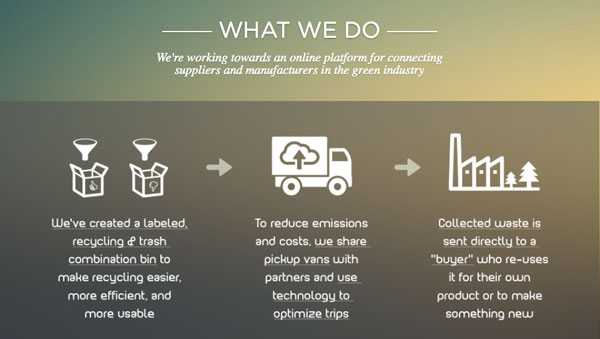
Our newest guest writer comes from the world of User Experience and she will answer your pressing questions each month right here! Please welcome Patti Hunt who has 15+ years of experience in roles spanning various disciplines of human-centered design including UX, service and strategic design.
She is also the co-founder of On-Off Design & Technology which specializes in great user experiences, on and offline. You can follow them on Twitter @onoffhk
This weeks topic was submitted by Jason Sigmon, founder of Hong Kong startup EcoPort, a new B2B waste management and upcycling platform.
Jason’s Question:
“The original idea I had for my business is nothing like what it is now largely because of the user research we did up front. Should I continue with the UX research, now that the value proposition and business model has been worked out?”

UXpert’s Response:
Thanks Jason, I think you should and here’s why. The purpose of UX research (also known as “design research”) is to continuously test and validate your assumptions and make sure they resonate with customers. Like every other business, EcoPort will need to keep adapting to market conditions and changing customer needs, to stay relevant and profitable.
Design research is a risk mitigation strategy that essentially takes the guesswork out of the business decisions you make. It enables you to make decisions that are based on real customer insights, instead of just your own opinions.
It does not need to be expensive or time consuming. There are many ways to automate user research and assess the impact of any changes you make to your business. Depending on the type and nature of the change your make, I’d make the following recommendations:
Changes to content on your website / online application: Install tools such as Inspectlet (user behaviour analytics tool) and Optimizely (A/B testing tool) to monitor patterns of user behaviour on your site and assess the impact of any changes made. It’s amazing to know that simply changing an image can have a major impact (positive or negative!) on people’s behaviour. Both these tools offer a low cost and effective way to keep tabs on the online customer experience.
Changes to the supply chain and/or your product and service offering: Whenever you are introducing improvements, new features or changes affecting the delivery of your product and service, you should always test with real people to assess the impact on overall experience. It is often the case that what you think is an improvement, might be perceived as the opposite by your customers. Conducting contextual research will make sure you don’t introduce new and unexpected pain points.
Remember, you don’t need huge numbers of people to test and validate your assumptions. See last weeks column to learn more about the optimal number to test with.
Good luck with EcoPort and tackling one of Hong Kong’s biggest problems! Send your questions to [email protected]
Patti Hunt on Startbase.HK: Patti Hunt
On-off Design & Technology on Startbase.HK: On-Off Design & Technology


